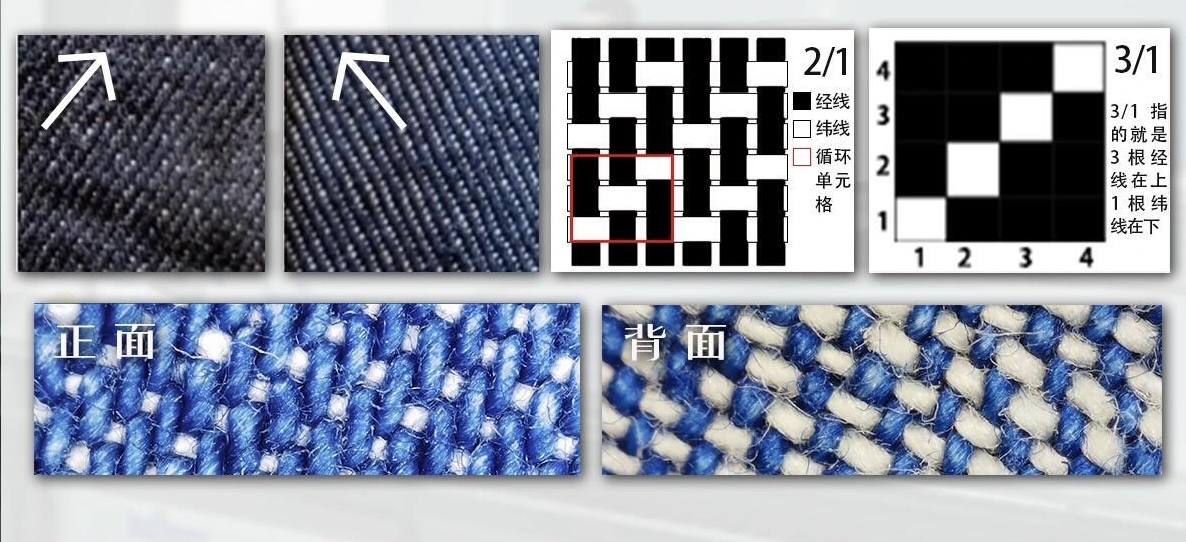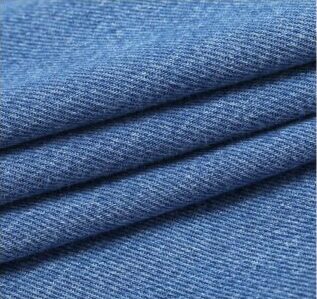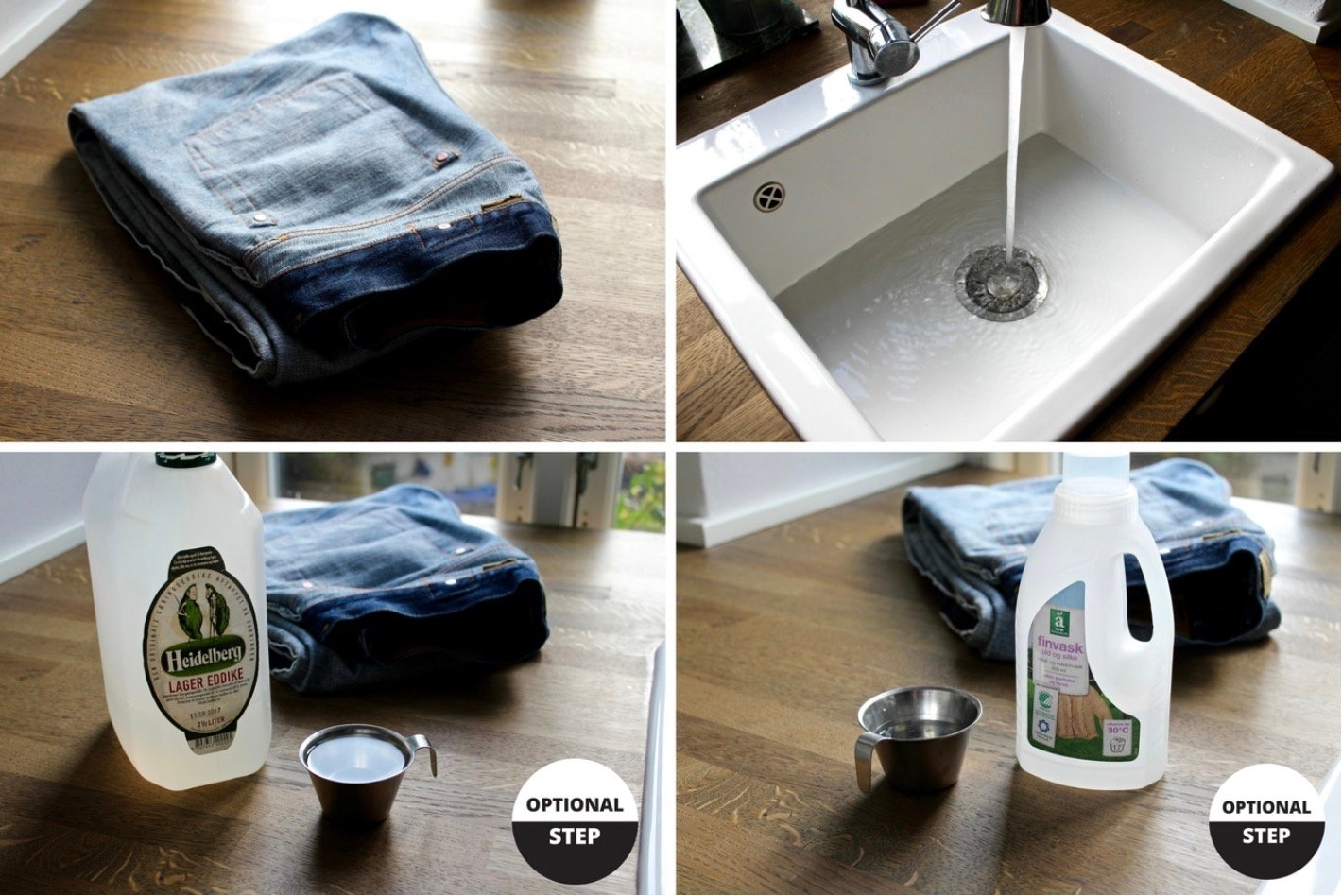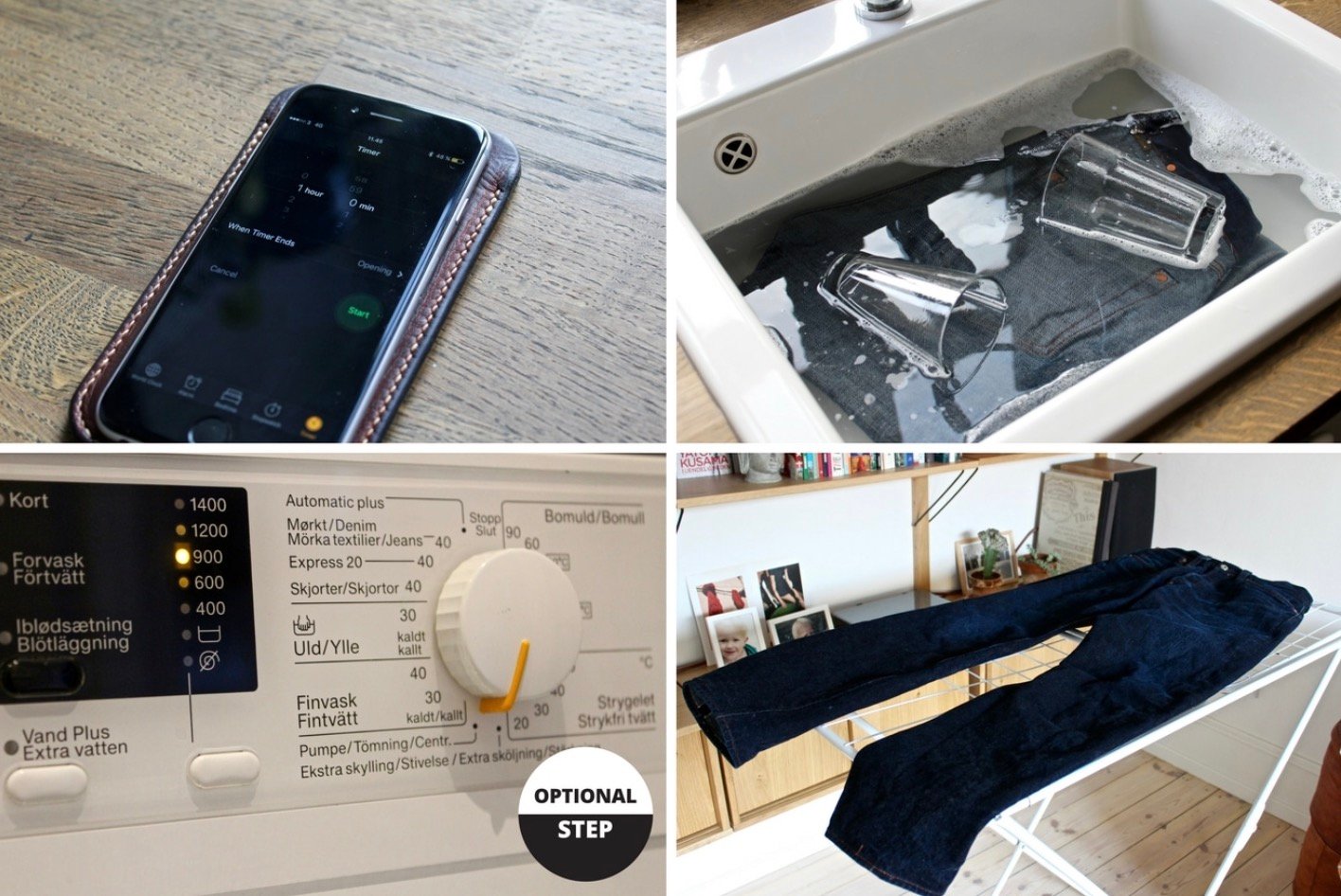Twill VS Denim : What You Need to Know

Estimated reading time: ~ 5 minutes
Introduction
Denim and twill are frequently mentioned in fashion, particularly in the context of jeans. While closely related, they are distinct concepts. Denim is a specific cotton fabric woven with a twill pattern, whereas twill is a broader weaving technique applicable to various materials. This article explores the differences between denim and twill, why twill weave is used for jeans, comparisons with other twill fabrics, their advantages and disadvantages, usage scenarios, and expert insights, providing a comprehensive guide for readers.
What is Twill?
Twill is a textile weave characterized by a diagonal pattern, created by passing the weft thread over one or more warp threads and then under two or more warp threads, forming a ribbed effect. Twill fabrics are renowned for their durability, versatility, and stain-hiding ability, making them ideal for applications ranging from casual clothing to upholstery. According to MasterClass, twill is one of three major textile weaves, alongside plain and satin, with its high thread count contributing to its opacity and strength.

Twill Weave
What is Denim?
Denim is a robust cotton fabric typically woven with a twill pattern, using indigo-dyed warp threads and undyed weft threads, resulting in its iconic blue appearance. Commonly used for jeans, denim also appears in jackets, skirts, and bags. Its rugged texture and durability make it a staple for workwear and casual fashion. As noted by Denimhunters, denim’s unique fading properties allow it to develop a personalized look over time.

100% Cotton Denim
Why is Twill Weave Used for Jeans?
Twill weave is chosen for jeans due to several key benefits:
- Durability: The diagonal structure enhances resistance to wear, ideal for jeans’ heavy use.
- Comfort: Twill is softer and more pliable than plain weaves, ensuring wearer comfort.
- Aesthetic Appeal: The diagonal lines create a stylish, timeless look.
- Stain Resistance: Twill’s textured surface conceals stains, suitable for daily wear.

Types of Twill Weaves in Denim
Denim employs various twill weaves, each with distinct characteristics:
- Right-Hand Twill (RHT): The most common, with diagonals running from lower left to upper right, used by Levi’s for its durability and classic look.

RHT
- Left-Hand Twill (LHT): Features diagonals from lower right to upper left, used by Lee for a unique aesthetic.

LHT
- Broken Twill: Alternates diagonal directions for a complex pattern, used by Wrangler for distinctive texture.
Comparison Between Denim and Other Twill Fabrics
While denim is a twill fabric, other twill fabrics serve different purposes. Here’s a comparison:
| Feature | Denim | Chinos | Gabardine | Drill |
|---|---|---|---|---|
| Material | Typically 100% cotton, indigo-dyed warp | Cotton or cotton blend, various colors | Cotton, polyester, or blend, fine texture | Cotton-polyester blend, heavy-duty |
| Weight | Heavier, suited for durable clothing | Lighter, ideal for warm weather | Medium to light, for formal wear | Heavy, for workwear |
| Appearance | Rugged, unique fading | Smooth, varied colors and patterns | Fine, wrinkle-resistant | Tough, similar to denim |
| Uses | Jeans, jackets, workwear | Smart-casual pants, shirts | Suits, uniforms, dresses | Workwear, military uniforms |
Advantages and Disadvantages of Denim vs. Other Twill Fabrics
Denim
- Advantages:
- Exceptional durability for heavy use.
- Timeless style with unique fading.
- Versatile for casual and work settings.
- Disadvantages:
- Initially stiff, requiring break-in.
- May shrink if not pre-washed.
- Limited color options compared to other fabrics.
Other Twill Fabrics (e.g., Chinos, Gabardine)
- Advantages:
- Softer and more comfortable than denim.
- Wider range of colors and patterns.
- Lighter weight, suitable for warm weather.
- Disadvantages:
- Less durable than denim.
- Prone to wrinkling, requiring more care.
- Lacks denim’s unique fading character.
Usage Scenarios
- Denim: Ideal for casual wear, workwear, and outdoor activities where durability is key, such as daily outfits, hiking, or manual labor.
- Chinos: Perfect for smart-casual settings like offices or semi-formal gatherings, paired with shirts and loafers.
- Gabardine: Suited for formal occasions, such as suits or dresses, requiring a smooth, wrinkle-free appearance.
- Drill: Used for workwear or military uniforms in rugged environments like construction sites.
Market Potential
According to Grand View Research, the global denim jeans market was valued at USD 86.66 billion in 2024 and is projected to reach USD 121.50 billion by 2030, with a CAGR of 5.9%. Denim’s durability and classic style drive demand in casual and workwear markets. Twill fabrics, used in chinos, gabardine suits, and drill workwear, are equally popular for their versatility. Google Trends data indicates a significant increase in searches for denim and twill in fall 2024, reflecting consumer interest in durable, high-quality fabrics. The rise of sustainable fashion further boosts eco-friendly denim and twill, appealing to environmentally conscious consumers.
Care Tips
To extend the lifespan of denim and twill fabrics, follow these care practices:
- Wash Separately: Clean with like colors to prevent dye transfer
- Wash Inside Out: Protects fabric and color
- Use Mild Detergent: Avoid harsh chemicals
- Air Dry: Avoid high-heat drying to maintain shape and color
- Treat Stains Promptly: Use a mild stain remover

Denim jeans Maintenance 1

Denim jeans Maintenance 2
Conclusion
Denim is a specific twill fabric, while twill is a broader weaving technique applicable to various materials. Twill weave is ideal for jeans due to its durability, comfort, and aesthetic appeal. Denim stands out for its rugged style and unique fading, while other twill fabrics like chinos and gabardine offer softer, more versatile options. Understanding these differences helps consumers choose the right clothing for their needs and inspires fashion brands to innovate with these timeless materials.
Customization Services by LYDENIM
🎨 Want custom denim fabrics or unique custom denim garment? LYDENIM specializes in tailor-made solutions to meet your design and production needs.
🛍️ Explore & Get Inspired: Browse our fabric selections and discover design ideas on LYDenim.
🌐 Elastic Clothing: Check out our offerings on MyAlibaba. 📩 Contact Us: Reach out at malone@lydenim.com.
Create your denim masterpiece with LYDENIM—your trusted partner for stretch fabric and custom denim solutions.
